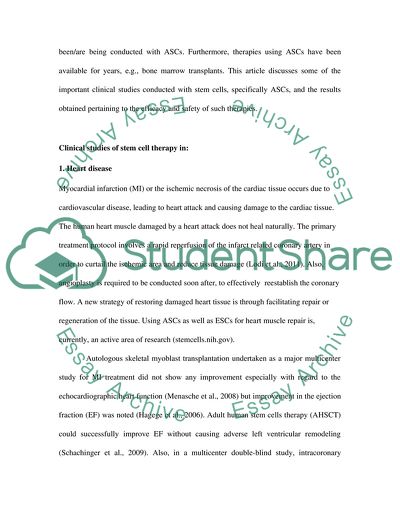Cite this document
(Effectiveness of Stem Cell Treatments Research Paper - 1, n.d.)
Effectiveness of Stem Cell Treatments Research Paper - 1. Retrieved from https://studentshare.org/health-sciences-medicine/1749326-are-stem-cell-treatments-effective
Effectiveness of Stem Cell Treatments Research Paper - 1. Retrieved from https://studentshare.org/health-sciences-medicine/1749326-are-stem-cell-treatments-effective
(Effectiveness of Stem Cell Treatments Research Paper - 1)
Effectiveness of Stem Cell Treatments Research Paper - 1. https://studentshare.org/health-sciences-medicine/1749326-are-stem-cell-treatments-effective.
Effectiveness of Stem Cell Treatments Research Paper - 1. https://studentshare.org/health-sciences-medicine/1749326-are-stem-cell-treatments-effective.
“Effectiveness of Stem Cell Treatments Research Paper - 1”, n.d. https://studentshare.org/health-sciences-medicine/1749326-are-stem-cell-treatments-effective.


